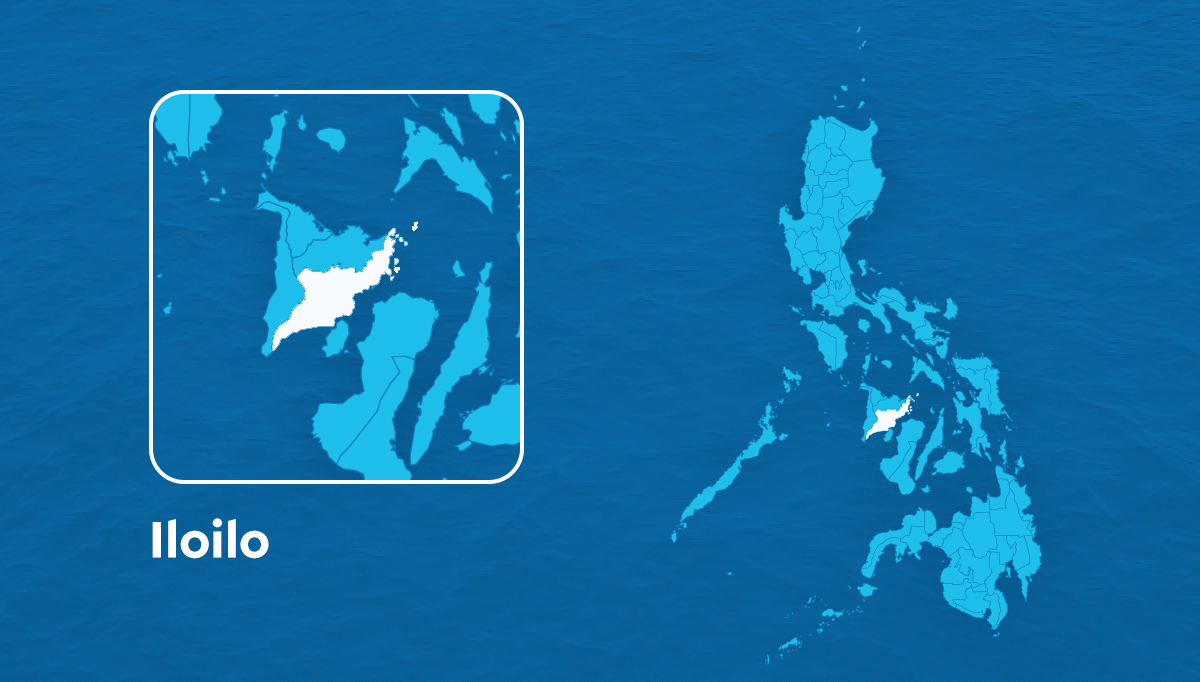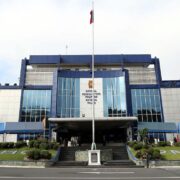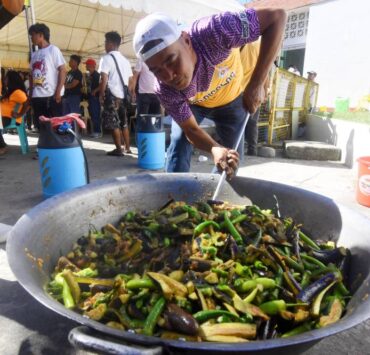Health alert up in Iloilo as dengue cases spike

ILOILO CITY—A rise in dengue cases during the first two weeks of January in Iloilo has prompted renewed calls for vigilance, as records from the Iloilo Provincial Health Office (IPHO) showed a 19-percent increase in cases compared to the same period last year.
From Jan. 1 to Jan. 11, 105 cases were logged, with 82 of these recorded between Jan. 4 and Jan. 11. Children and teens age 1 to 19 remained the most vulnerable, with boys slightly outnumbering girls among the infected.
Dr. Rodney Labis, chief of the IPHO Health Service Delivery Division, recalled the province’s 2024 dengue outbreak, which saw over 11,800 cases and 32 fatalities, leading to the declaration of a state of calamity in August.
Labis attributed the increase in dengue cases to intermittent rains which created ideal breeding conditions for mosquitoes along with the disruption of dengue prevention activities during the Christmas holidays.
Community action
The Department of Health has renewed its call to the public to intensify dengue control measures, emphasizing the need to search and destroy mosquito breeding sites, seek early consultation, support fogging in hot spot areas and sustain hydration.
Local governments were urged to reactivate their “Kontra Dengue” programs, while residents are encouraged to participate in cleanup drives, install window screens and seek immediate medical attention for symptoms like persistent fever, body pain and rashes.
Labis said there should be no room for complacency as dengue remained a serious public health risk.
He said communities must not let their guard down and must actively participate in mosquito control efforts to prevent future outbreaks.
Dengue fever is a mosquito-borne viral infection caused by the dengue virus, primarily transmitted through the bite of aedes mosquitoes.
Symptoms
Symptoms include high fever, severe headaches, pain behind the eyes, joint and muscle pain, nausea and vomiting, fatigue, and a skin rash.
In severe cases, the disease can progress to life-threatening conditions marked by severe abdominal pain, persistent vomiting, bleeding and breathing difficulty.

















